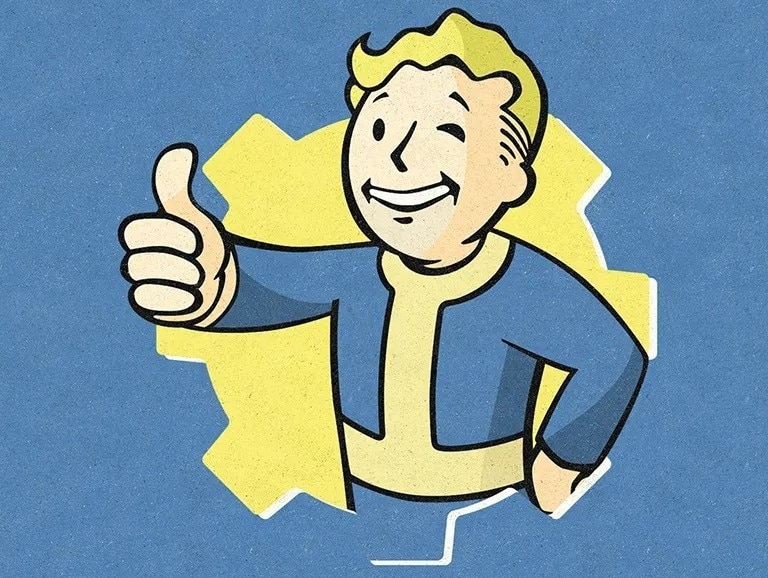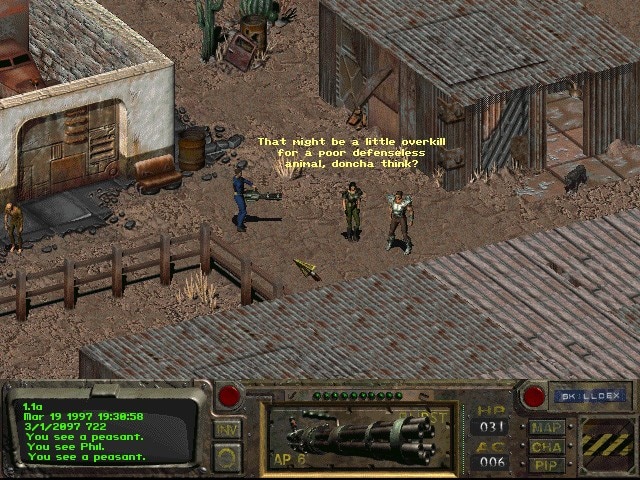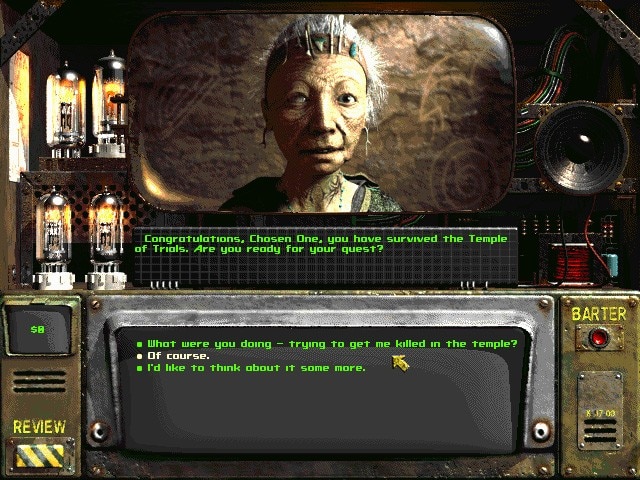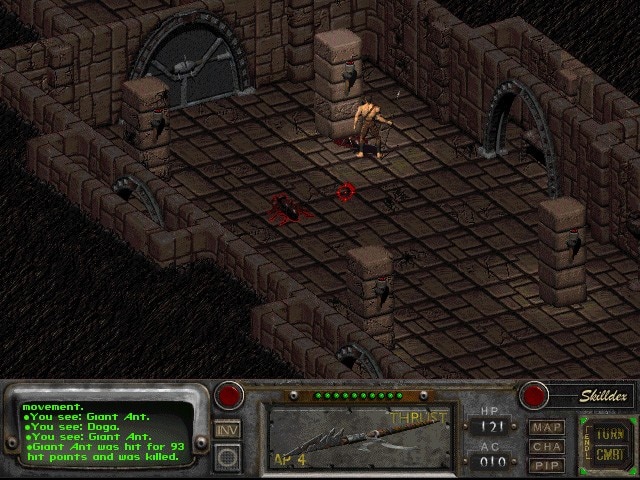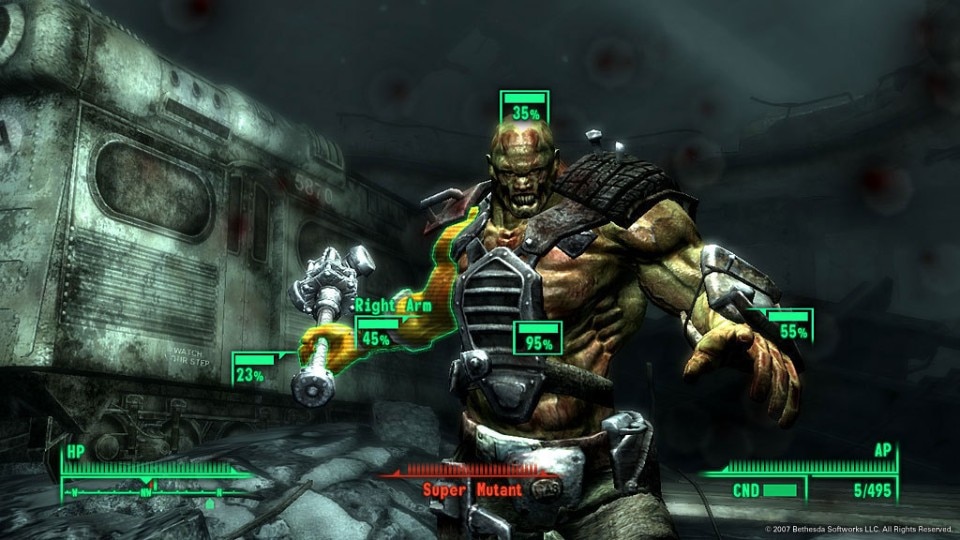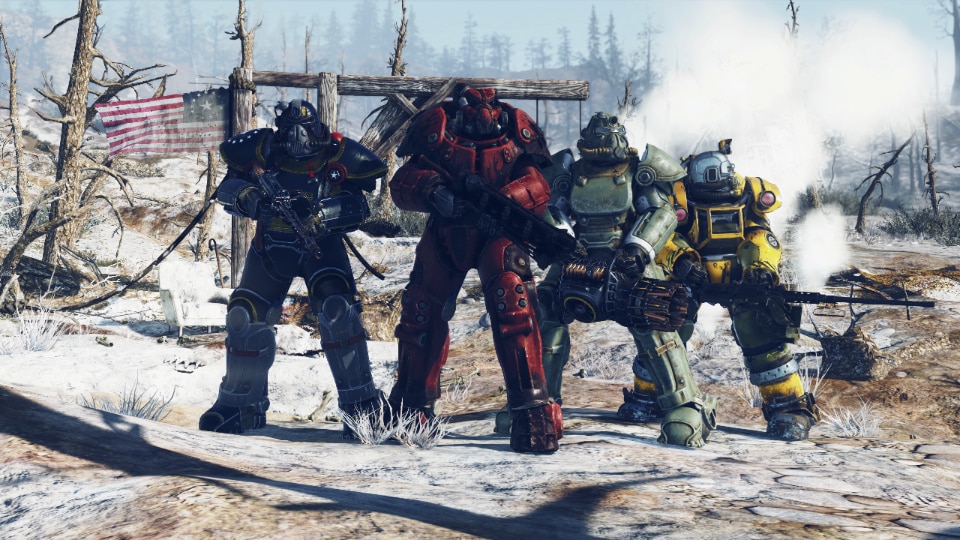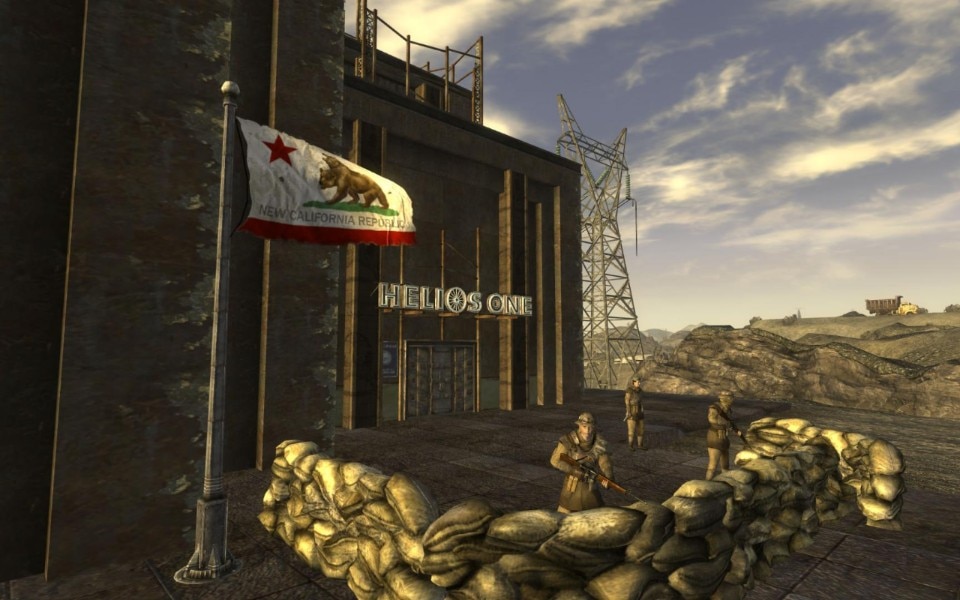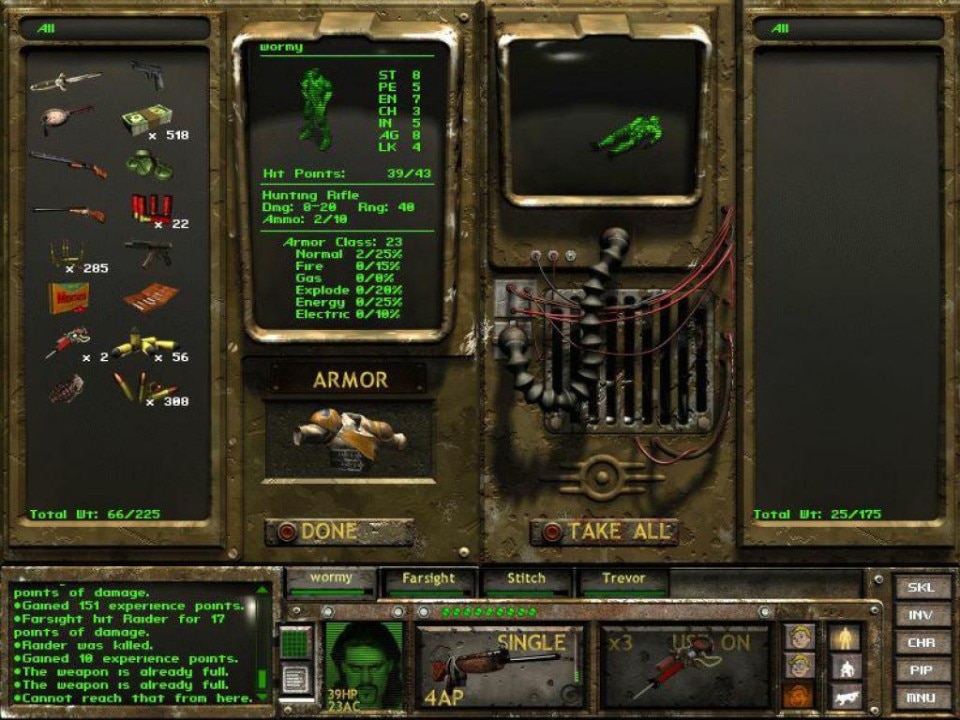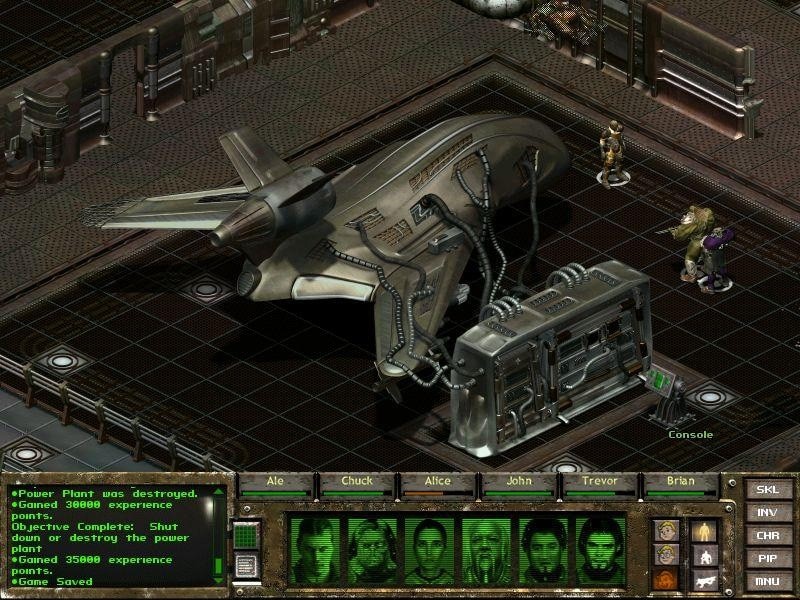The term “Fallout” defines two specific concepts.
In warfare, it is “the descent of solid material in the atmosphere onto the earth, especially of radioactive material following a nuclear explosion” as defined by Collins Dictionary.
In technology, it is “the application for civilian purposes of technologies originally developed for research purposes or for the war industry.”
The popular video game series - now also a hit TV series by Amazon Studios - Fallout seems to perfectly encompass both definitions. It’s 1997: Interplay Entertainment launches the first installment of the series Fallout, a role-playing video game conceived as a sequel to a title published nearly a decade earlier. It soon becomes one of the most iconic post-apocalyptic settings in contemporary entertainment. It also incorporates elements that, years later, will become a distinctive trademark of these titles: the S.P.E.C.I.A.L. system and a tone that toes the line seriousness and tongue and cheek.
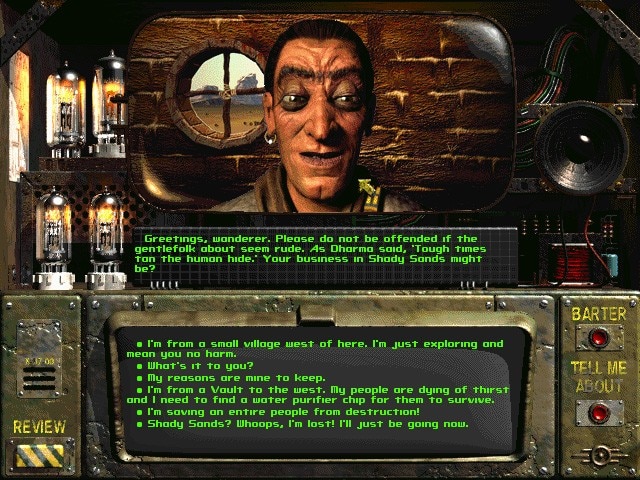
Its black humor, the range possible of solutions for problems and challenges, and the world’s evolving narrative based on player decisions led to the title to immediate success with the public. As a result, its production company released a sequel, Fallout 2, within just six months.
The ‘before’ world remains shrouded in significant mystery, often leading to one single question: who destroyed the world?
Another decade passed - during which the spin-off Fallout Tactics: Brotherhood of Steel was released, leaning more toward the strategy genre - before a true flagship role-playing game of the franchise, Fallout 3, arrived on the market. Bethesda Softworks, already known for its successful and long-running The Elder Scrolls series, entered the scene with a title that would redefine the concept of open-world role-playing games, offering an engaging storyline and an expansive world waiting to be explored - a standout for its time. The immense success of this third installment revitalized the series, which at the time seemed nearly forgotten. The main series continued over time: in 2015 with Fallout 4, and with additional storylines such as Fallout: New Vegas (2010, Obsidian Entertainment), the management simulation game Fallout: Shelter (2015, Bethesda), and most recently, Fallout 76 (2018, Bethesda).
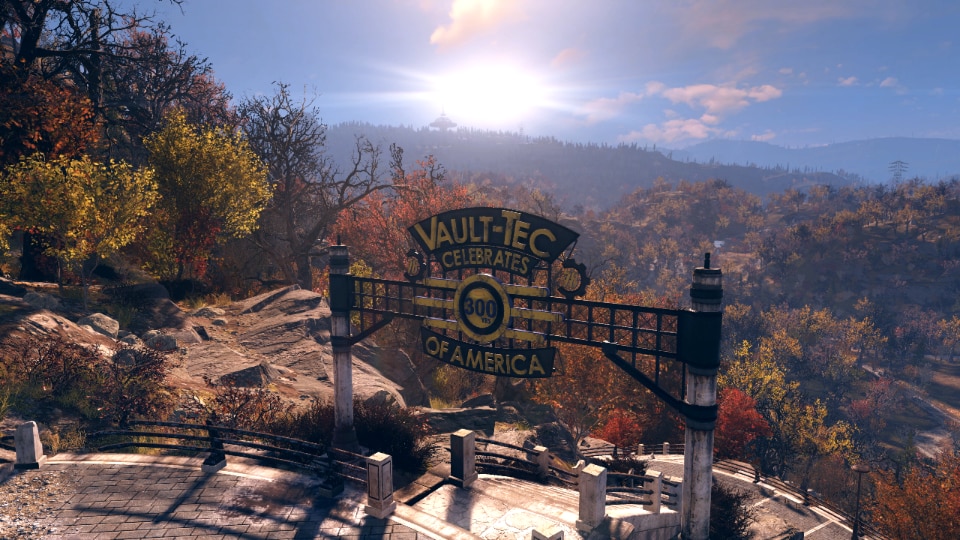
The world before its end
It’s the future. You are an individual living in an idyllic society that seems to be an “ideal mirror” of 1950s-1960s America, oscillating between fears of the Cold War and optimism for a promising future. You lead a happy life, most likely have a family and a floating robot handling all the chores around the house. However, what begins as an ordinary day is abruptly disrupted, upending your daily routine.
One, two, ten, a hundred atomic flashes - and the resulting mushroom clouds - tear through the sky. The air ignites. Your world, your loved ones, and your entire life are consumed in a single, incredibly long instant. The world ends; humanity is defeated. Yet, many decades later, a new post-nuclear era emerges from those ashes. The “before” world remains shrouded in significant mystery, often leading to one single question: who destroyed the world? The answer is not an obvious one, neither in the video games - or at least in the chapters where the question arises - nor in the TV series. All the dreams, expectations, and plans of a generation ended with the Great War. Yet something managed to survive.
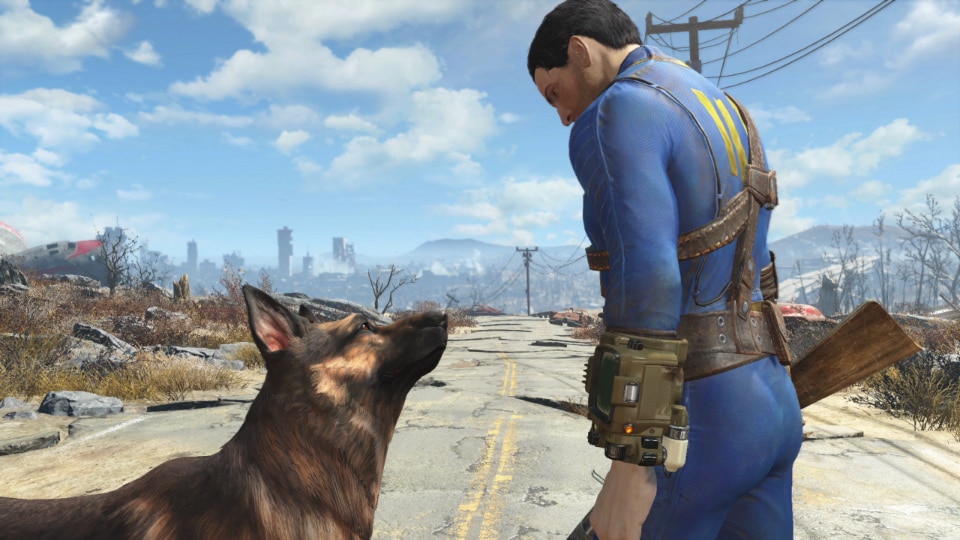
A world after the end
In the new status quo - nearly two hundred years after the explosions, in the “present” of the storyline - what remains are the architectural and social remnants preserved by the men and women who tried to save themselves, relying heavily on Vault-Tec Corporation, the company that created the renowned underground bunker cities known as Vaults.
Before the war, under contract with the United States government, the company built these massive self-sufficient underground shelters capable of housing and sustaining large numbers - around a thousand - of people.
These Vaults contained state-of-the-art facilities designed to meet all the needs of their inhabitants and provided work opportunities for basically everyone. In other words, they were enormous self-sufficient housing units meant to sustain humanity until the nuclear fallout on the surface dissipated.
At first glance, these Vaults seemed to offer the “best of all possible post-apocalyptic worlds.” However, if that were truly the case, there would be no story to tell. The desire for knowledge, personal quests, and the need for survival drive the inhabitants to venture out into a drastically different world from the one their ancestors left behind in haste.
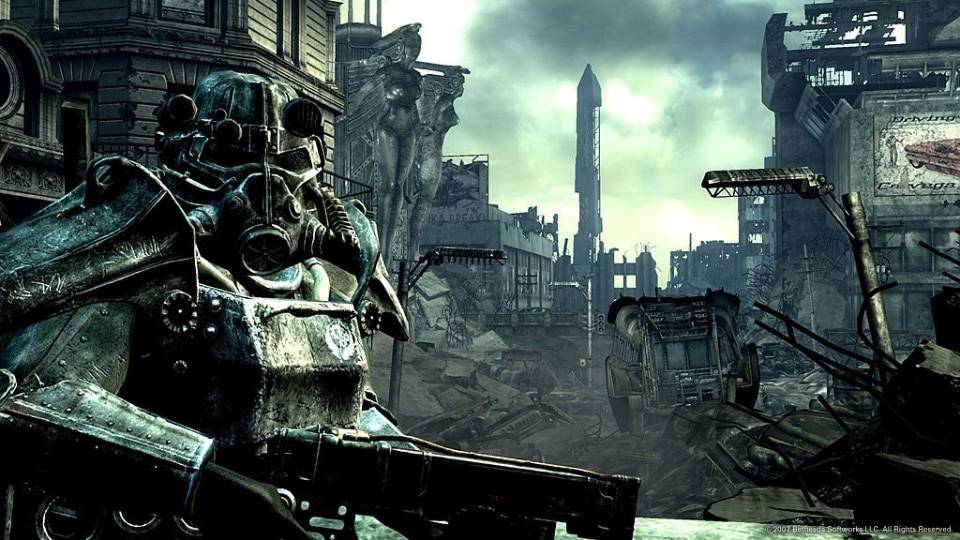
Industrial archaeology
If the Vaults offer the promise of a near-perfect world, the outside world is quite fa from it.
The Zone of Contamination - the area outside the Enclave, a military/government-like organization, and the Vaults - constitutes the majority of the explorable territory and contains the anachronistic remnants of a world that no longer exists. Nature has reclaimed spaces once dominated by humanity, while humans, ghouls, and various other creatures strive to survive another day.
What remains in a somewhat recognizable form is the outline of structures from the era of the “Children of Atom.” For example, in Fallout 3, we see the ruins of Washington DC, where the Lincoln Memorial and the Capitol somehow still dominate the scene. However, beyond these “landmarks” repurposed for new functions, the truly striking aspect is the portrayal of everyday spaces. Stations, gas stations, and stores that characterized cities for a century have become out-of-context spaces: in some cases, they appear as caricatures of their former selves, while in others, they are merely gathering points. An even more extreme example is the Las Vegas Strip in Fallout: New Vegas, where its flashy buildings stand isolated in the desert, serving as a warning and a mockery rather than being repurposed for a new urban use.
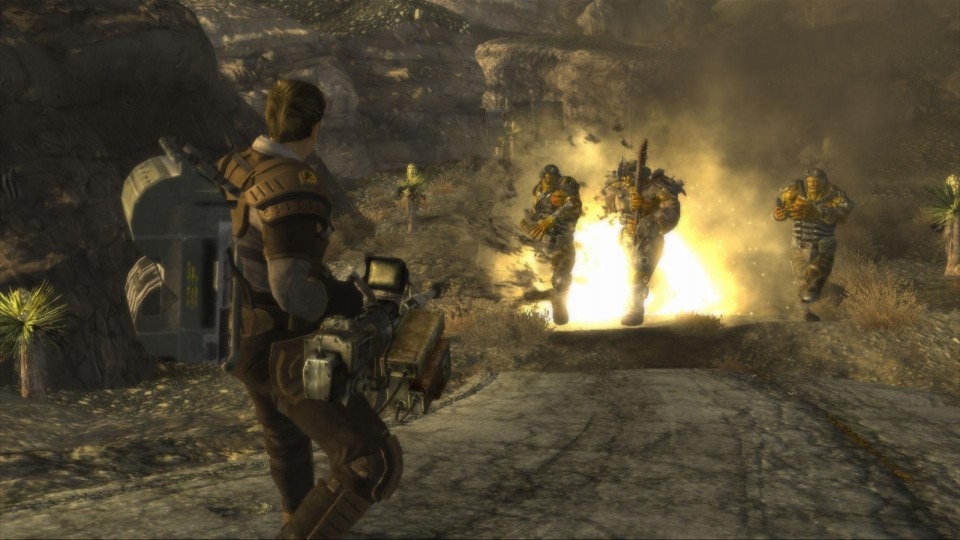
War…War that never changes
This iconic phrase has accompanied players of various Fallout games for many years and is well-known by dedicated fans of the series for how emblematic it can be. War evolved into guerrilla warfare, fought with improvised weapons salvaged from the past - and uniquely modified - or with power armor that seems straight out of the most imaginative science fiction films.
But the most recognizable device in Fallout is the Pip-Boy, an armband whose name stands for Personal Information Processor. Every Vault dweller wears one on their wrist, like a watch featuring a screen that covers a significant portion of the forearm. It functions like a modern smartphone combined with the vital monitoring capabilities of a smartwatch and containing virtually all personal and health information of its owner. Additionally, it has a built-in Geiger counter to detect radiation levels in the surrounding area, making it an essential tool for survival.
Finally, no in-depth discussion of Fallout would be complete without mentioning the stylized blond character in the blue suit: Vault Boy. While power armor is perhaps the franchise's most iconic design - notably featured on the cover of Fallout 3 - the Vault-Tec Corporation mascot is equally well-known. There is no motivational poster, operations manual or training film that does not portray Vault Boy. Despite his cheerful and reassuring appearance, he can be quite persuasive when offering advice or warnings.


